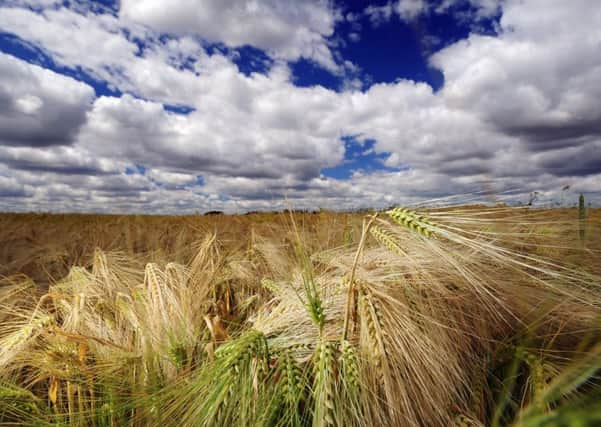This rural Yorkshire idyll was scene of history-changing battle


In 1461, on Palm Sunday, the village was the scene of a gruesome battle which not only settled the first War of the Roses, but left nearly one per cent of the country’s population dead.
Around 28,000 people were killed – higher than the numbers of British soldiers who died at the Somme – in a battle which proved to be the climax of the 40-year reign of England’s youngest king, Henry VI.
Advertisement
Hide AdAdvertisement
Hide AdHistorian George Goodwin, who wrote a book called Fatal Colours – Towton 1461: England’s Most Brutal Battle told The Yorkshire Post in 2011 the battle, which followed a power struggle between the Yorkists and Lancastrians to take control of the kingdom from the ineffective Henry, had been downplayed for much of English history – partly for political reasons.
“Towton is an incredibly important battle because it shattered the whole concept of medieval kingship,” he explained.
“Up to that point if you were the crowned and anointed king, you had been chosen by God and to attempt to replace the king was an act against God. Towton was an incredible Yorkist victory and the idea it was the judgment of God in battle and that Edward IV should replace Henry VI as king didn’t sit well with the Tudor narrative, which was that the Lancastrian dynasty was the natural dynasty.”
The village became the battleground as it was the highest plateau in front of York, but the Lancastrians defending the ground were defeated following the arrival of Yorkist reinforcements led by the Duke of Norfolk.
Advertisement
Hide AdAdvertisement
Hide AdFleeing soldiers became bogged down and were massacred in the fields and marshes, or drowned in the overflowing beck.
It may be quiet now, but Towton had an undeniable - and blood-stained - role in changing the course of British history.
Technical details: Nikon D3s camera with 12-24mm Nikkor lens, exposure of 1/250th sec @ f10, ISO 500.